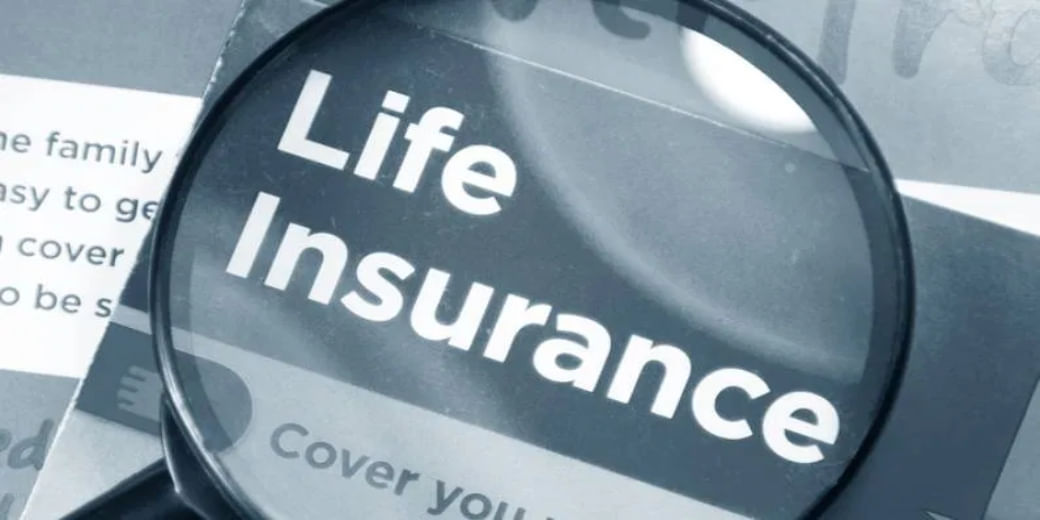Surrendering policy now will come with lower loss
Insurance regulator IRDAI recently released a consultation paper, where it has proposed raising the surrender value of traditional life insurance policies

Sample this: Raman had been paying his life insurance policy premiums for the last 3 years. Till date, he had paid Rs 1,50,000 in total, given that his annual premium was Rs 50,000. But now that his household expenses were on the rise, he had been forced to close down on this policy. When a policyholder decides to terminate the policy before its maturity, it is called as surrendering.
Ending the policy before the due date could entail high losses for the policyholder. But, starting next year, policyholders like Raman will not have to incur much losses. Insurance regulator IRDAI recently released a consultation paper, where it has proposed raising the surrender value of traditional life insurance policies.
According to this proposal, upon surrender, policyholders will receive the higher of the two amounts, either guaranteed surrender value or special surrender value. This proposition is exclusively for non-participating products.
Non-participating products refer to those policies where the policyholder does not partake or get a share in the company’s profits.
In recent years, cases of policy surrendering in India have risen rapidly. According to a report by SBI Life Insurance, over the last 5 years, around 47% individuals have either surrendered their life insurance policy, or not renewed it. One of the main reasons for this is inflation.
If Raman surrenders his policy today, he will get back a certain portion of the total premium paid, which is known as surrender value. The company offers the policyholder two options. The first is guaranteed surrender value. Under this, the policyholder can only surrender the policy after 3 years have been completed. If the holder surrenders policy before this, he or she will not receive anything.
The second option is when the policyholder received special surrender value. This is determined on the basis of total premium paid, total bonus and surrender value. Here, the policyholder has a better chance of getting a higher amount as compared to guaranteed surrender value. If you have paid premiums for 3 years, you stand a chance to get back 30-35% of the total deposited amount. If you surrender in either the 4th or 7th year, you can get up to 50% of the total amount.
So, if Raman surrenders his policy now, he will receive 35% of Rs 1,50,000, which comes down to Rs 52,500.
Now, let’s understand the new proposition regarding surrender value. Under this, IRDAI has predetermined a threshold for premiums. If the individuals surrender their policy, no surrender charges will be levied on it over and above this threshold. This is irrespective of when the policy is surrendered.
For instance, if Raman had bought a policy for 20 years with an annual premium of Rs 50,000. Assuming that the surrender value in this policy is Rs 20,000, the guaranteed surrender value of the policy after paying premiums for 3 years will be calculated in this way
For this premium, the guaranteed surrender value will be Rs 21,000, which is 35% of Rs 60,000. Premium refund over and above the threshold will come to Rs 90,000. In this manner, the adjusted guaranteed surrender value will come down to Rs 90,000 plus Rs 21,000 i.e. Rs 1,10,000.
If Raman surrenders the policy under this regime, he will get back Rs 1,10,000. However, under the current rules, he will only get back Rs 52,500. Once new rules are implemented, the surrender value received by Raman could potentially double. However, this is just an estimate. Different companies determine surrender values differently.
Tax and investment expert Balwant Jain says that under the current rules, the policyholder has to incur heavy losses upon surrendering the policy. This results in insurance companies making hefty profits. But once IRDA implements the new rules, it will be very beneficial for policyholders, while significantly setting back insurance companies. Jain also notes that the option to surrender policy should be used only in emergencies, because surrender value always turns out to be a loss-making deal.
Remember that if you foreclose the policy before maturity, you will always incur losses, since you will only get back a small amount of your total premium paid in such conditions. So, make sure you thoroughly understand all about the rules related to surrender while buying the policy. Also, make sure you buy the policy only when you can go through it for its entire duration.

